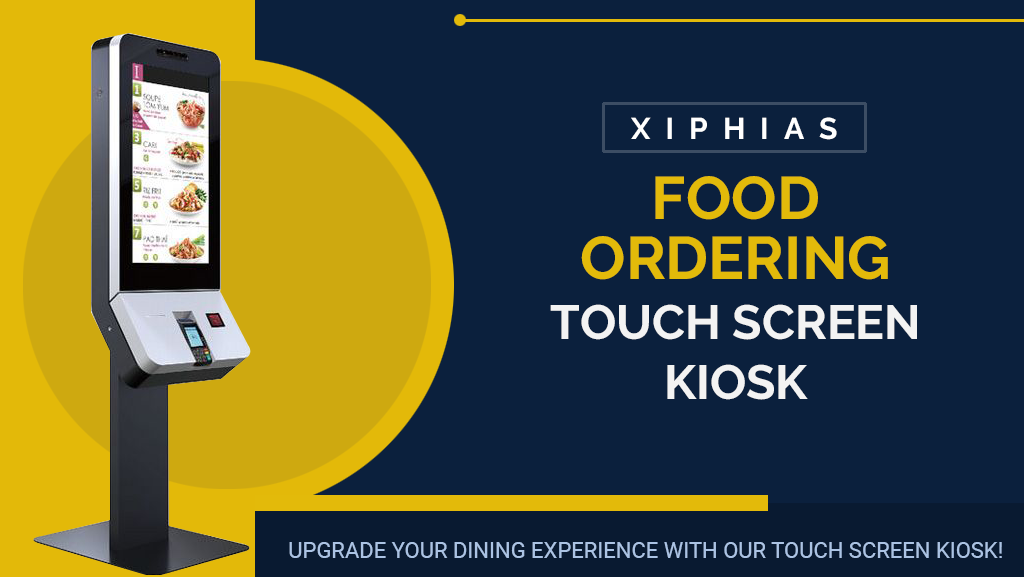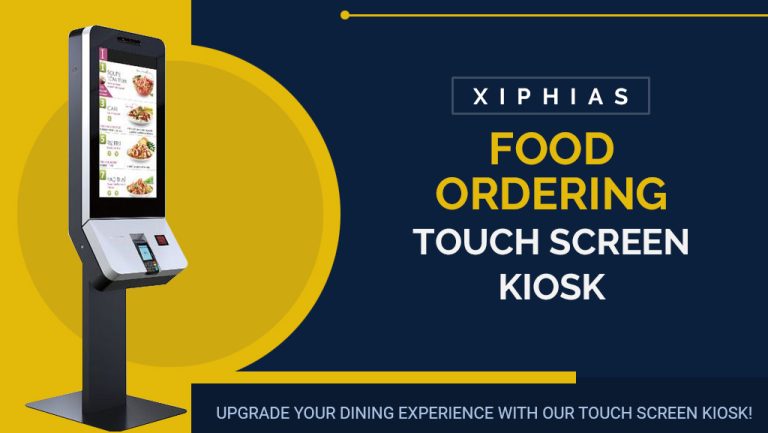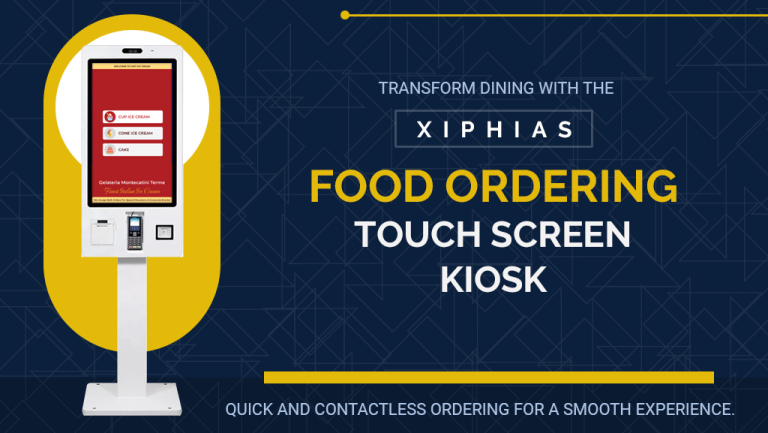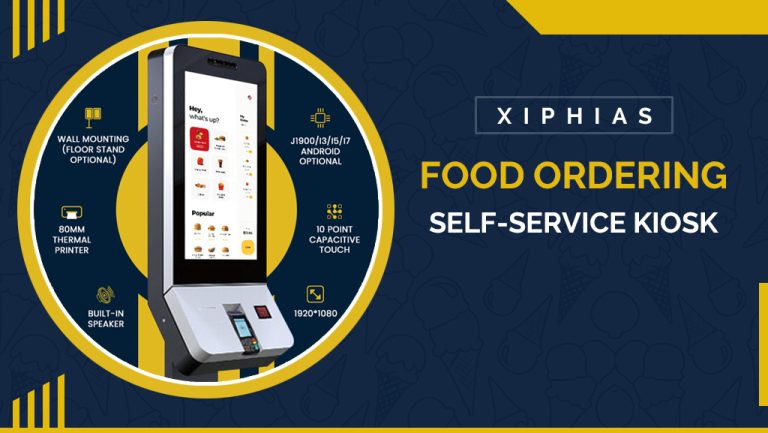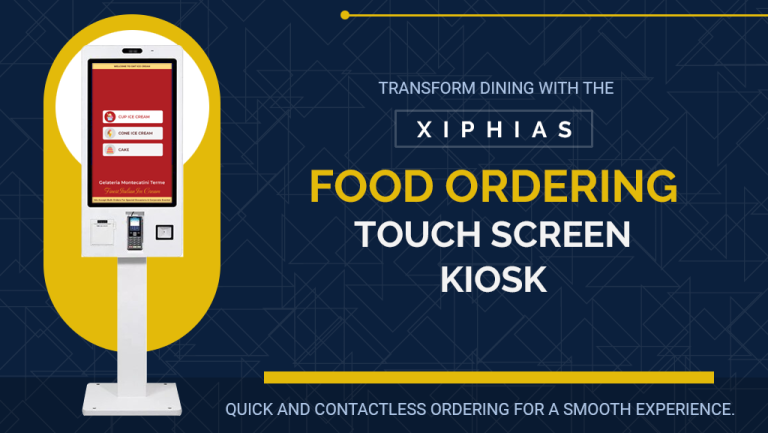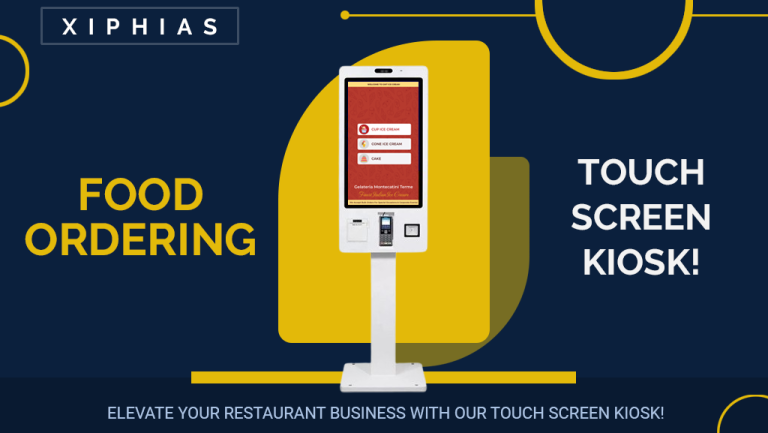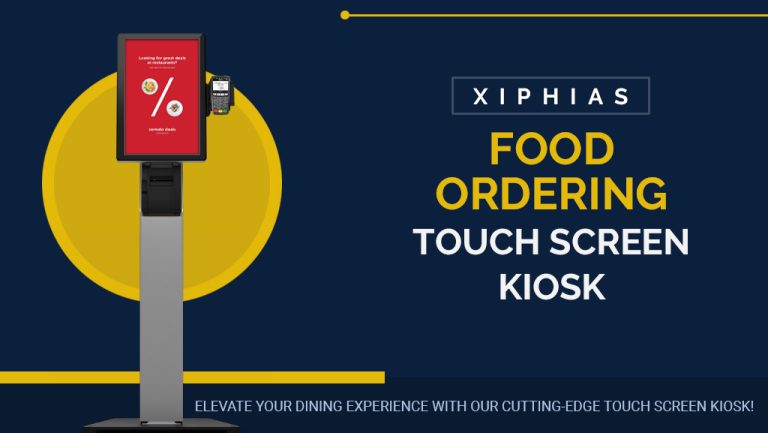From Traditional to Tech-Savvy: The Impact of Food Ordering Touch Screen Kiosks
The food service industry has seen significant transformations with the introduction of technology. One of the most impactful advancements is the integration of food ordering touch screen kiosks. These kiosks have redefined how customers interact with restaurants, offering a blend of convenience, efficiency, and enhanced customer experience.
Enhanced Customer Experience
Food ordering touch screen kiosks provide a seamless and user-friendly experience for customers. The intuitive interface allows customers to browse the menu, customize orders, and place requests with ease. This self-service approach reduces the pressure of ordering at the counter, giving customers more time to make informed decisions. The ability to view high-quality images and descriptions further enhances the ordering experience.
Reduced Wait Times and Increased Efficiency
One of the most significant benefits of food ordering kiosks is the reduction in wait times. Customers can place their orders directly through the kiosk, bypassing long lines at the counter. This speeds up the ordering process, allowing restaurants to serve more customers in less time. Increased efficiency leads to higher turnover rates, boosting revenue and customer satisfaction.
Accuracy in Orders
Human error is a common issue in traditional food ordering methods. Miscommunication or misinterpretation of orders can lead to mistakes, resulting in customer dissatisfaction. Food ordering kiosks minimize this risk by allowing customers to input their orders directly. The clear, step-by-step process ensures that customers select exactly what they want, reducing the likelihood of errors and enhancing overall satisfaction.
Customization and Personalization
Today’s consumers demand personalized experiences, and food ordering kiosks deliver just that. Customers can easily customize their orders, selecting ingredients, portion sizes, and additional options to suit their preferences. This level of personalization creates a more engaging and satisfying dining experience. Additionally, the kiosk system can save previous orders, allowing regular customers to reorder their favorites with ease.
Increased Order Value
Food ordering kiosks have been shown to increase average order value. The kiosks can suggest additional items, like beverages or desserts, during the ordering process. These upsell prompts are often more effective than human servers, leading customers to add more items to their orders. The visual appeal of the menu displayed on the screen also encourages customers to explore and try new items, further boosting sales.
Labor Cost Savings
The implementation of food ordering kiosks can lead to significant labor cost savings for restaurants. By automating the ordering process, restaurants can reduce the number of staff required at the counter. This allows employees to focus on other tasks, such as food preparation and customer service. The reduction in labor costs can be particularly beneficial for small businesses operating on tight budgets.
Data Collection and Insights
Food ordering kiosks offer valuable data collection opportunities for restaurants. Every interaction with the kiosk generates data that can be analyzed to gain insights into customer preferences and behaviors. Restaurants can use this information to optimize their menu offerings, adjust pricing strategies, and tailor marketing efforts. Data-driven decisions can lead to increased customer satisfaction and improved business performance.
Adaptability to Market Trends
The food industry is constantly evolving, with new trends and consumer preferences emerging regularly. Food ordering kiosks provide the flexibility to quickly adapt to these changes. Restaurants can easily update their digital menus to reflect new items, promotions, or seasonal offerings. This adaptability ensures that restaurants stay relevant and responsive to customer demands.
Improved Hygiene and Safety
In a post-pandemic world, hygiene and safety are top priorities for consumers. Food ordering kiosks offer a contactless ordering option, reducing physical interactions between customers and staff. Many kiosks are equipped with touchless payment systems, further enhancing safety. Regular cleaning protocols for the kiosks ensure that they remain a hygienic option for customers, contributing to a safer dining environment.
Conclusion
The transition from traditional to tech-savvy ordering methods has revolutionized the food service industry. Food ordering touch screen kiosks have significantly impacted customer experience, operational efficiency, and business performance. By reducing wait times, enhancing order accuracy, and offering customization, these kiosks meet the modern consumer’s demands. Additionally, they provide valuable data insights, cost savings, and adaptability, making them an essential tool for restaurants looking to thrive in a competitive market. As technology continues to evolve, food ordering kiosks will undoubtedly play a crucial role in shaping the future of dining.

